When it comes to “How to Start Investing”, people consider it to be a very difficult task. For many beginners, it becomes very difficult to understand how to start investing when there is no guidance from there. So, my team After doing research, these 6 steps have been written for you, by following which you can start investing in a good way.
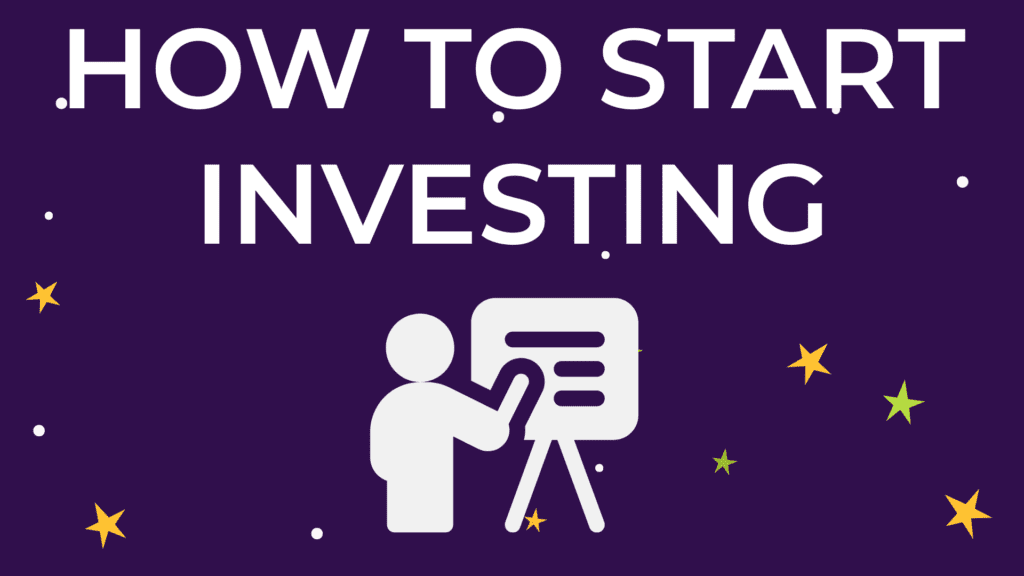
We have collected information from experienced investors. This means that if anyone wants to start investing, then he can invest in the stock market by following these six steps. It doesn’t matter whether you are a teenager or a student who wants to start investing.
Let’s dig deep down: –
STEP #1: Deciding Budget for Investing Amount
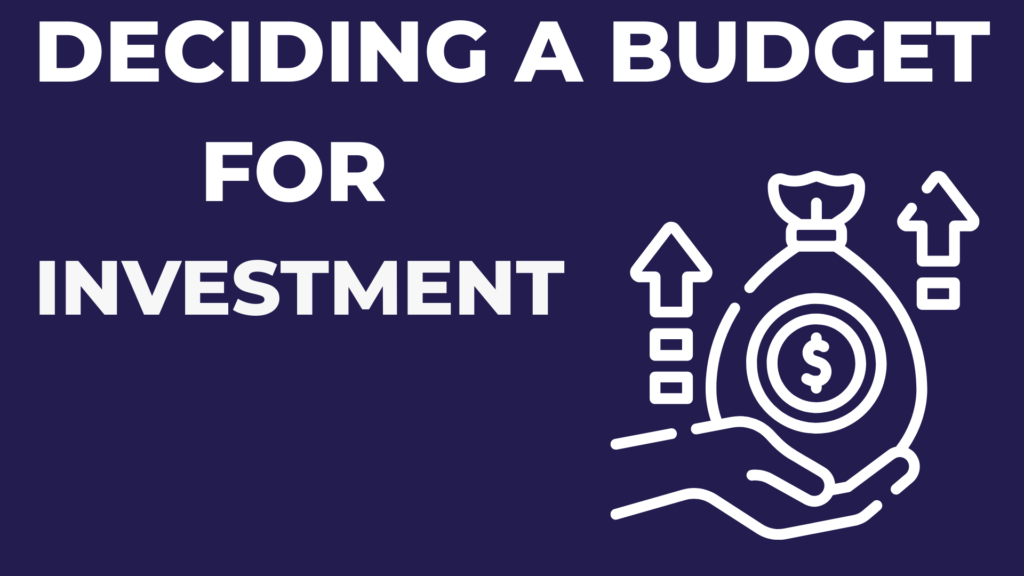
Deciding budget becomes a crucial step for how to invest money. Towards investing in the financial markets, a lot of things are involved such as your financial circumstances, your investment goals, what is your risk tolerance, and for how long you want to invest. By following a systematic approach, You can decide what amount will be best for you to invest in the stock maybe the bond, or commodities.
Assessing Your Current Financial Situation
The first step which will determine your investment budget is your current financial situation. This includes your income and expenses, your total assets, and your liabilities. Then add your total monthly sources of income to it and then your total essential expenditure payments like grocery, transportation, and healthcare.
After this, you have to subtract your total expenses from your total income and then whatever is left, you can determine how much amount you should invest as per your current financial situation.
Setting Short-Term and Long-Term Investment Goals
Once you have a clear picture of your financial situation, you’ll be able to establish your short-term and long-term investment goals. Short-term goals can be anything like building some emergency fund, saving for a vacation, or making a down payment on a house.
On the other hand, long-term investment goals may include Planning for your retirement, investing to fund your education, and Achieving your financial independence the first thing you have to do is write down notes of your short-term goals and the long-term investment goal.
Determining How Much You Can Comfortably Invest
After identifying your investment goal, the next step will be to find out how comfortable you are with the investment amount. This may impact your daily expenses but it is also an essential part that you can live and maintain your comfortable life along with investing.
Most people have become more realistic about the stock market or financial markets but you have to be realistic about your financial commitments and avoid over-commitments to investments that could strain your finances.
Considering Risk Tolerance and Investment Timeline
After knowing your financial capacity, the two terms that you come up with are your risk tolerance and your investment timeline. Now, by risk tolerance, I mean your willingness, the amount you are putting at risk.
Generally, investment in financial markets has a higher return but it also comes with high risks. You have to first know what is your comfort level and how much loss you can take so that the loss does not impact your real life. The priority of short-term investors’ goals is to preserve the capital. A long-term investment goal is to tolerate the fluctuations of the financial markets and your timeline.
Finalizing Your Investment Budget
Once you know your financial situation, your investment goal, your investment capacity, and your rest tolerance and timeline, then finally comes the investment budget. Now after this systematic approach for the investment budget. you can work towards achieving your financial goals.
STEP #2: Learn about Investing through Books, Financial Experts
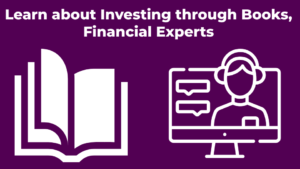
There are many ways to learn to invest in the stock market. But the best way to learn some step-by-step trading is through books, videos, and courses. And I would recommend you go with the best investing books. Because books have chapter-wise chapters to help you learn.
Recommended books, websites, and online courses for beginners
If I talk about beginners then one of the best sources of learning is books and here I recommend you to read some best investing books about the financial markets,
- The Intelligent Investor by Benjamin Graham
- A Random Work Down Wall Street by Burton Malkiel
- Rich Dad Poor Dad by Robert Kiyosaki
Understanding different investment vehicles
Knowing different investment vehicles is also a key point when it comes to investing and there are many investment vehicles you can invest in stocks, mutual funds, and ETFs. Here are some books that will give you a basic knowledge of the financial market
- Stock for the Long Run by Jeremy Siegel
- The Little Book of Common-Sense Investing by John C. Bogle
Identifying reputable sources of financial education investment
You have to identify a reputable source of financial education. Some websites provide us with financial knowledge. Like Vanguard, Fidelity, and Charles Schwab.
Apart from this, some trusted authors are financial experts like Warren Buffett and Peter Lynch, you can listen to them, you can watch their podcasts, can read their books.
STEP #3: Paper Trading to Develop a Profitable Strategy
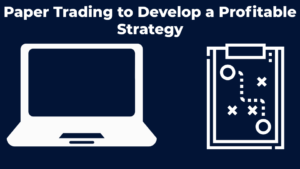
Paper Trading is the best way to trade in the Financial Asset without risking your own money the essence of paper trading is that you can experience the financial market without having your own real money. You can analyze the market in a real-time and execute trades with virtual money.
Benefits of Paper Trading:
The Benefit of Paper Trading is If the traders practice paper trading, they become quite proficient with the trading platform which is an essential tool in the financial markets. Talking about the second benefit is that you can back-test and real-time test your strategies without putting in your own real money.
Selecting a Trading Platform or Simulator:
Choosing the right trading platform is the key to effective paper trading. The first thing you should look for is the interface of the platform, what features it provides, and the historical data of its availability. Last but not least is its ability to stimulate real-time market conditions. If we talk about platforms, the best platform is TradingView and MetaTrader does provide good paper trading.
Developing and Testing Investment Strategies:
If we talk about the primary benefits of paper trading then it is that instead of investing or risking your real money, you use virtual money and study it, backtest it, and see its results if it is profitable. Then you go to the market with real money and trade it in the market with a strategy,
so the first thing to do is to create a profitable trading strategy, so what you have to do now is that you have paper trading, you can trade with virtual money but You have to build a profitable strategy. A profitable strategy can be simple or complicated too but I recommend a simple trading strategy, you can use moving average, RSI, and CCI indicators.
After Finding a Profitable Strategy and a Good Performance You Can Trade with Real Money.
STEP #4: Open a Demat Account with Best Broker
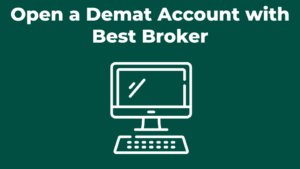
A Demat account is an account that helps you buy and sell any assets or shares of the company. You can hold, buy, and sell any stock, mutual funds, and any other securities in electronic form.
Opening a Demat Account
- Choose a Brokerage Firm: Based on your research, select a brokerage firm that best meets your requirements and preferences.
- Online Application: Most brokerage firms offer the option to open a Demat account online through their website or mobile app. Fill out the application form with accurate personal and financial information.
- KYC Verification: Complete the Know Your Customer (KYC) verification process by submitting the required documents, including proof of identity, proof of address, and PAN card.
- Account Activation: Once the brokerage firm verifies your identity and processes your application, your Demat account will be activated, and you will receive login credentials to access your account.
STEP #4: Join Communities to Make Better Decisions

In financial markets, Communities also play a key role. In financial decisions, When you talk to people you share your experience and take people’s experience then you are a learner from the others.
Engaging in Investment Communities:
Joining online forums, social media groups and investment communities provides you a better edge in your decision making there are many assets and you can’t predict which one is going up or down.
So, you can take the help of these forms and social media groups it will help you to you will stay updated with the latest market trends, news, and latest analysis.
Networking and Learning Opportunities:
Networking with like-minded individuals allows you to learn a lot by connecting the people with the same interests and goals because they share and get the experience of the other. It does not matter if it’s a negative or a positive.
If you choose the right networking group then chances are high that you can make a profit. They will share their analysis. They will share their reviews. If any asserts have an opportunity then they will also update the groups.
STEP #6: Go Trade with Your Style and Diversifying
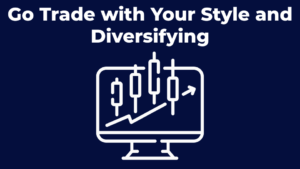
As a trader, investors know their style. Some people do well in day trading, some people do well in swing trading, and some people do well in investing. But now the thing is that you have to know what is your style. And in which assets are you perfect?
Defining Your Investment Strategy:
Before going into the world of investing, it is crucial point that you should define your strategy and its risk management and make a clear road map of your strategy.
Choosing Your Approach:
One of the fundamental decisions is that you should know your strategy and your trading style, whether it works in swing trading, day trading, or whether it works in investing.
Diversifying Your Portfolio:
Diversifying your portfolio and managing your risk is also one of the best to grow your capital and lower your risk. there are several different assets like stocks, bonds, ETFs, and commodities. if you want then you can diversify these assets to reduce the impact of negative fluctuations in your portfolio.
DID I MISS ANYTHING?
I’d like to hear from you:
With what amount do you want to start investing?
Would you rather do paper trading than invest real money as a beginner?
Which broker are you thinking of opening your account with?
So which style of trading or investment did you choose?
Do Comment, I’d love to know.
ALSO SHARE
 info@example.com
info@example.com Rock Street, San Francisco
Rock Street, San Francisco

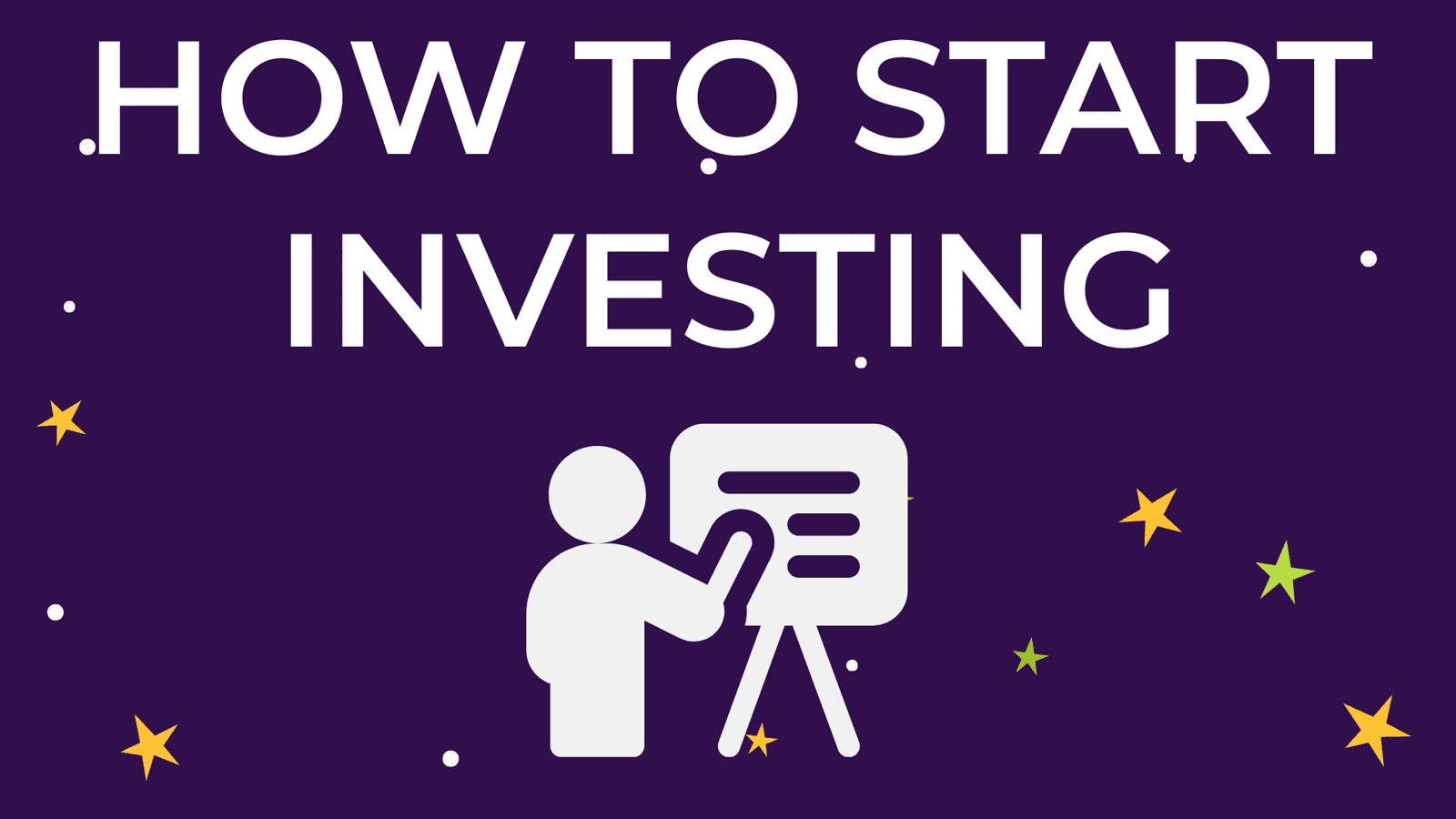
Leave a Reply